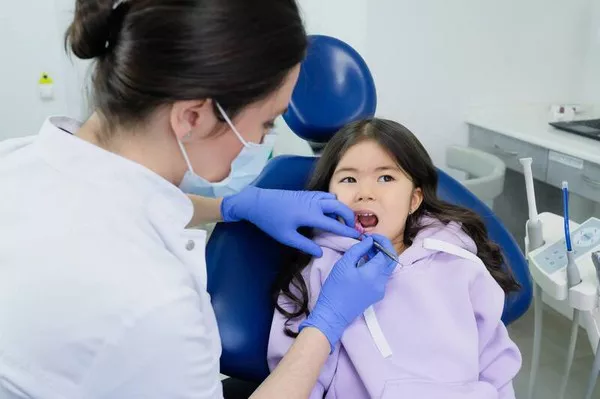After undergoing the often-dreaded wisdom teeth removal procedure, the road to recovery is crucial for a swift and comfortable healing process. One common concern that patients have is when they can resume a normal diet, particularly when it comes to consuming solid foods. In this comprehensive guide, we’ll explore the timeline for reintroducing solid foods after wisdom teeth removal, ensuring a smooth transition from liquids to a more varied diet.
Immediate Post-Operative Period: Embracing the Liquid Diet
In the initial days following wisdom teeth removal, the focus is on facilitating proper healing and minimizing the risk of complications. Patients are typically advised to stick to a liquid diet during the immediate post-operative period. This includes broths, soups, smoothies, and other nourishing liquids that are easy to consume without causing discomfort or disrupting the healing process.
a. Broths and Soups: Rich in nutrients, warm broths and soups provide essential nourishment without the need for intense chewing. Opt for clear broths to avoid any particles that may interfere with the healing sockets.
b. Smoothies and Purees: Blended fruits and vegetables offer a tasty and nutritious alternative. Ensure that the consistency is smooth to prevent irritation to the surgical sites.
Transitioning to Soft Foods: Days 3-5
As the initial discomfort begins to subside, patients can gradually transition from a liquid diet to soft foods. This phase is crucial in preventing any strain on the healing areas while introducing a bit more variety into the diet.
a. Yogurt and Puddings: These dairy-based treats are not only delicious but also easy to consume. Opt for varieties without seeds or crunchy add-ins to avoid any irritation.
b. Mashed Potatoes and Avocado: These soft and creamy options provide a gentle introduction to solid textures. Be mindful of seasoning to avoid any irritation to the surgical sites.
c. Eggs: Whether scrambled or soft-boiled, eggs are a great source of protein that can be prepared to match the desired consistency.
The Crucial One-Week Mark: Gradual Introduction of Solid Foods
Around the one-week mark, most patients experience a significant reduction in swelling and discomfort. This is a pivotal time to gradually reintroduce solid foods into the diet.
a. Steamed Vegetables: Cooked to a soft texture, steamed vegetables offer a nutritious option that is easy to chew without posing a risk to the healing sites.
b. Pasta and Rice: Opt for well-cooked pasta or rice dishes, ensuring that they are not too hot to avoid irritation. Soft sauces can enhance both flavor and ease of consumption.
c. Soft Meats: As protein is crucial for healing, incorporating soft meats like ground turkey or chicken into your meals can be beneficial. Ensure thorough cooking to achieve a tender texture.
Two Weeks Post-Operation: Resuming a Normal Diet
By the two-week mark, most patients find that they can comfortably resume a more normal diet. However, it’s essential to remain mindful of certain precautions to ensure continued healing.
a. Avoid Crunchy and Hard Foods: Steer clear of foods that require intense chewing or may pose a risk of getting stuck in the healing sockets. This includes nuts, chips, and hard candies.
b. Gentle Chewing: While resuming normal foods, be mindful of chewing on the opposite side of the surgical sites to minimize any potential irritation.
Post-Wisdom Teeth Removal Diet Tips for Long-Term Oral Health
a. Stay Hydrated: Adequate hydration is crucial for the healing process. Ensure you’re drinking enough water throughout the day to support overall well-being.
b. Oral Hygiene is Key: Maintain diligent oral hygiene practices, even during the recovery period. Gently brush your teeth and rinse your mouth, taking care to avoid the surgical areas.
c. Follow Professional Advice: Every patient’s recovery is unique. Always follow the post-operative instructions provided by your oral surgeon or dentist for the best outcome.
Conclusion:
Navigating the post-wisdom teeth removal diet is a crucial aspect of ensuring a smooth and uncomplicated recovery. By gradually transitioning from a liquid diet to solid foods, patients can enjoy a diverse and satisfying range of options while prioritizing their oral health. Remember, patience and adherence to professional advice are key to a successful recovery process.
Related Links:
Nourishing Choices: What to Eat After Wisdom Tooth Extraction for Swift Recovery
Exploring the Costs of Wisdom Teeth Removal: A Comprehensive Guide
Demystifying Wisdom Teeth Removal: Navigating the Path to Painless Extraction
































